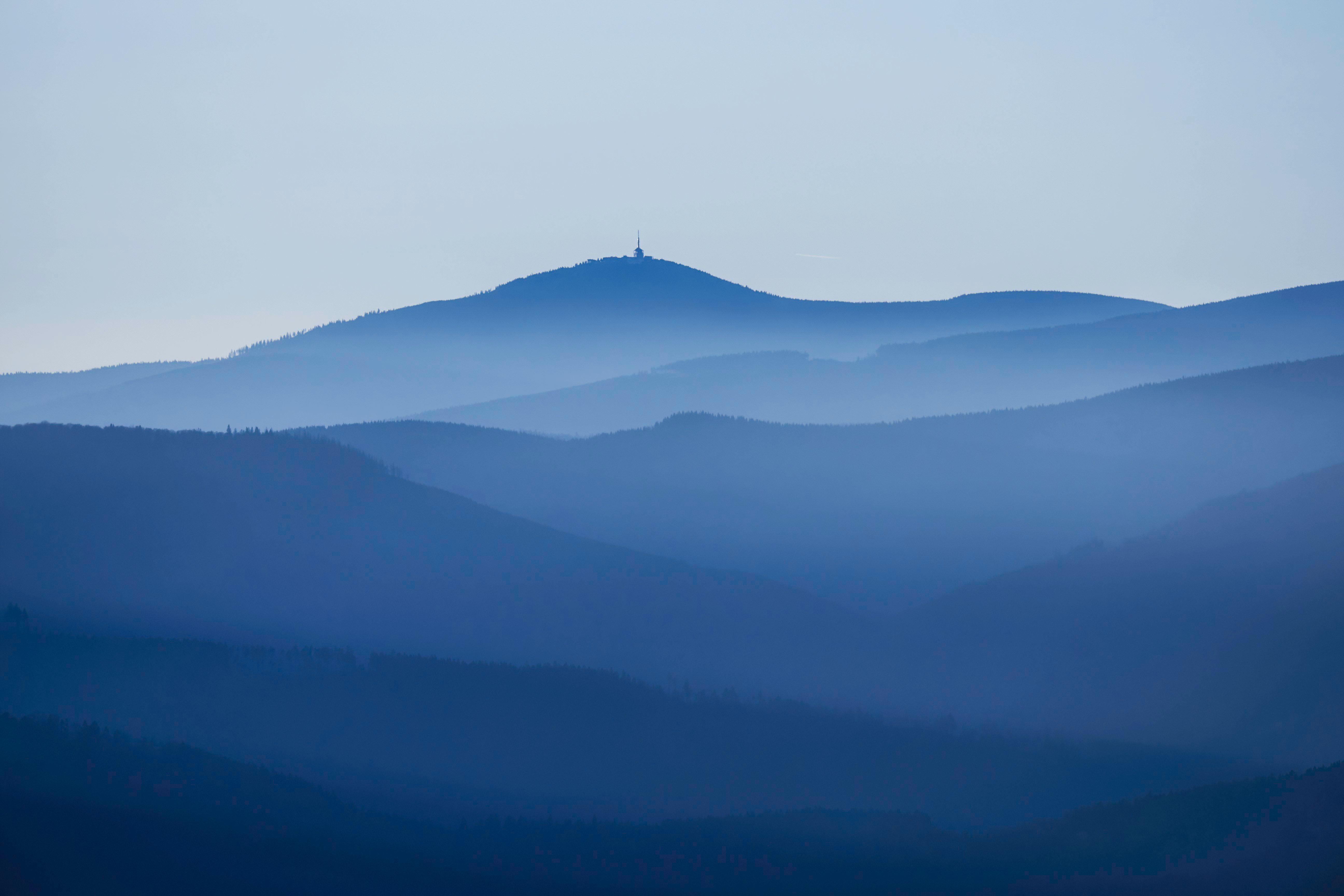Rapidly developing lake anticipated to reach overflow point in a matter of hours.
In Switzerland's Lötschental Valley, a Dangerous Situation Evolves Following Glacier Collapse
After a glacier collapse, ice and rock debris have dammed the Lonza river, creating a lake in Switzerland's Lötschental valley. The rising water level has raised concerns as the debris pile may not hold much longer. The full extent of the damage is still unclear.
The accumulation of debris has caused the river to be blocked, resulting in a lake that has seen its water level rise as much as three meters per hour. Despite recent slowing, the lake is still predicted to overflow in the early hours of the morning.
Christian Studer of the Natural Hazards Service stated that their goal is to anticipate the process and ensure the safety of the downstream population. Experts are working tirelessly, utilizing experience and computer models to predict potential outcomes.
16 people were already evacuated from Wiler, Kippel, and Blatten, villages downstream in the Lötschental valley.
While a catastrophic flood wave rushing down the valley is improbable, it cannot be ruled out. The pressure from the inflowing water of the Lonza is significant, and sudden water rushing through the debris pile is a possibility. Moreover, temperatures of 20 degrees Celsius are expected on Friday at the top of the valley, which will further melt snow and increase water volumes.
Studer suggested that a slower outflow is more likely, with the lake gradually emptying, although this process may occur in an orderly manner. The relatively flat slope of the debris pile is fortunate, as it may allow the water to wash away the deposited material and carry it downstream. However, it is anticipated that "not too much debris will go down at once." A reservoir and a dam in Ferden downstream are expected to prevent the majority of the material from reaching the village.
The situation on the mountain remains dangerous due to the unstable rock. Hundreds of thousands of cubic meters of rock could still collapse, with unknown stability of the actual debris pile and potential water pockets formed by the ice inside. Army clearance teams are on standby, but the area remains too dangerous to enter.
Meanwhile, the backed-up water of the Lonza has flooded houses in Blatten that were initially spared by the landslide. A drone survey shows that a significant portion of the village lies under a meter-high layer of debris. The village, with roughly 300 residents, was evacuated last week. A local resident who was in the disaster area on Wednesday is still missing. The hamlet of Ried, just one kilometer before Blatten, is also affected.
In the past, rising temperatures due to climate change have caused Alpine glaciers to shrink and become less stable. Alpine glaciers, including those in Switzerland, have lost a substantial amount of mass in recent years. The rapid increases in mass loss highlight the dire condition of glaciers, with potential consequences for water supply and sea levels.
- Switzerland
- Glaciers
- Natural disasters
- Climate change
- Alps
- Given the current situation in Switzerland's Lötschental Valley following the glacier collapse, there is a growing concern about the potential impact of the looming environmental crisis, climate change, and environmental science on the health-and-wellness of the community.
- As the glacier melt due to climate change escalates in the Alps, including those in Switzerland, it is crucial for the public, scientists, and local authorities to work together to implement community policies that address environmental-science issues, such as natural disasters, to ensure the safety and well-being of future generations.




